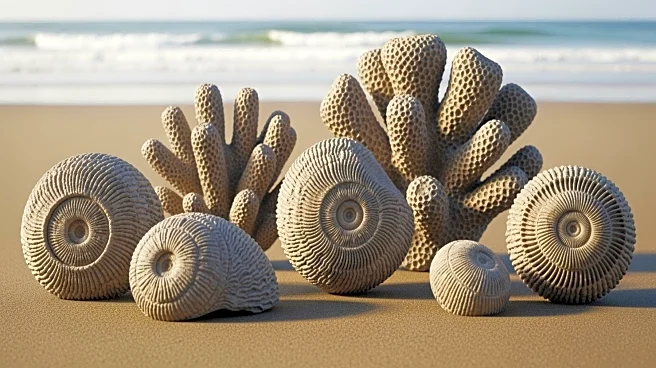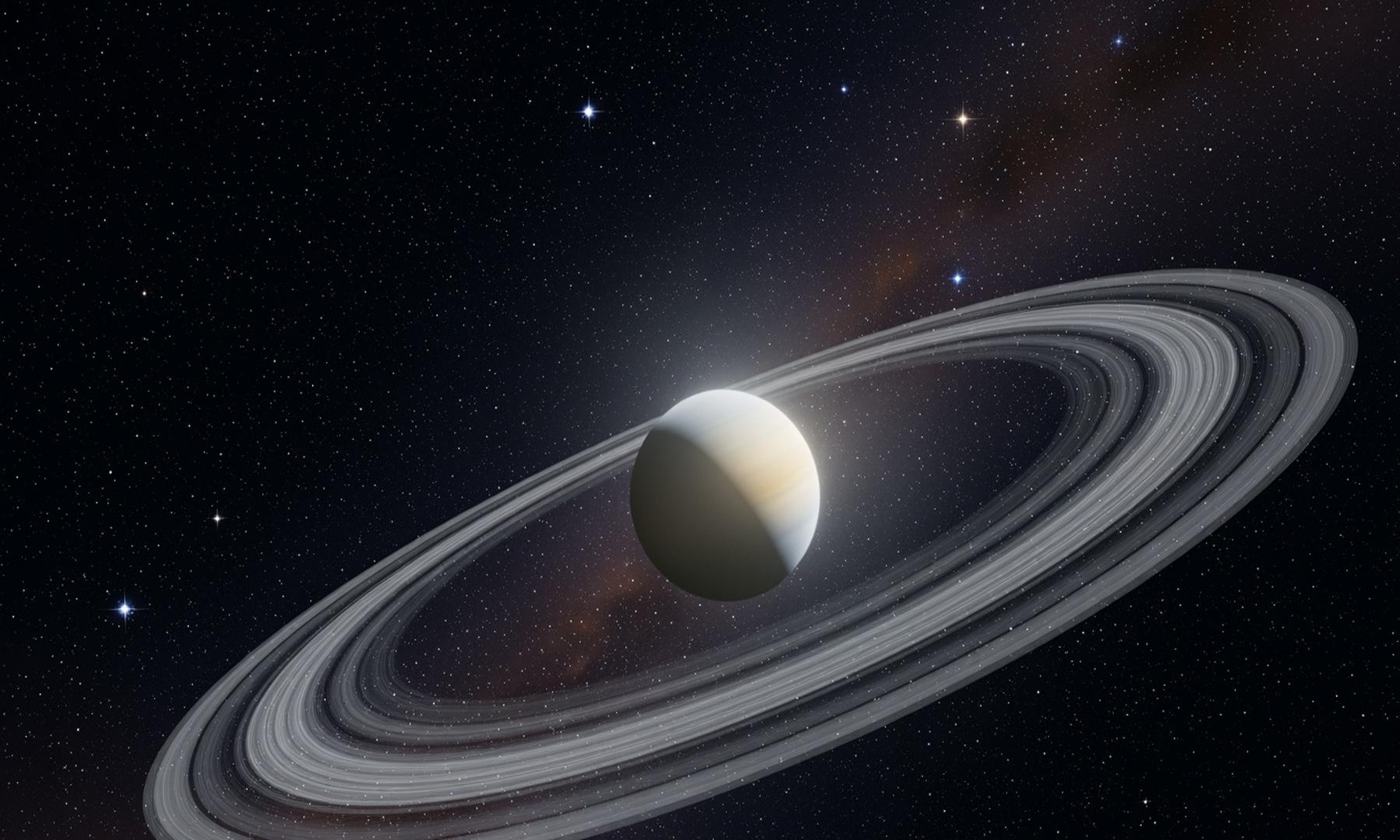What's Happening?
Recent research has uncovered 'ghost' fossils of coccolithophores, small marine organisms, indicating their presence during the Triassic period. These findings were made possible through an unconventional
method known as ghost fossil analysis, which has revealed coccoliths from the Ladinian Stage and the Middle Triassic. The study suggests that coccolithophores existed throughout the Carnian stage, despite previous lack of reports. The fossils are notably small, averaging 2.55 µm in length, which partly explains their prior absence in the fossil record. This discovery highlights the potential of innovative methodological approaches in paleontology, suggesting that even well-studied fossil groups may still hold undiscovered records.
Why It's Important?
The discovery of these ghost fossils is significant as it challenges existing paradigms about the evolution of marine calcifying organisms. Coccolithophores are crucial primary producers in marine ecosystems, and their early presence suggests they played a foundational role in the marine food chain much earlier than previously thought. This could reshape our understanding of marine biodiversity and the carbon cycle during the Triassic period. The findings also suggest that coccolithophores were among the first pelagic plankton to develop biocalcification, a process that transformed marine environments. This research could lead to a reevaluation of the evolutionary timeline of marine calcifiers and their ecological impact.
What's Next?
The study opens avenues for further research into the early history of coccolithophores and other marine calcifiers. Scientists may explore additional fossil records using ghost fossil analysis to uncover more hidden records. This could lead to a broader understanding of the diversification of marine organisms and their adaptation to changing environmental conditions. The integration of innovative methodologies in paleontology could continue to reveal new insights into the evolution of life on Earth.
Beyond the Headlines
The implications of this discovery extend beyond paleontology, potentially influencing fields such as marine biology and climate science. Understanding the early diversification of coccolithophores could provide insights into the resilience and adaptability of marine ecosystems in the face of environmental changes. This research also underscores the importance of interdisciplinary approaches in uncovering complex historical biological phenomena.












